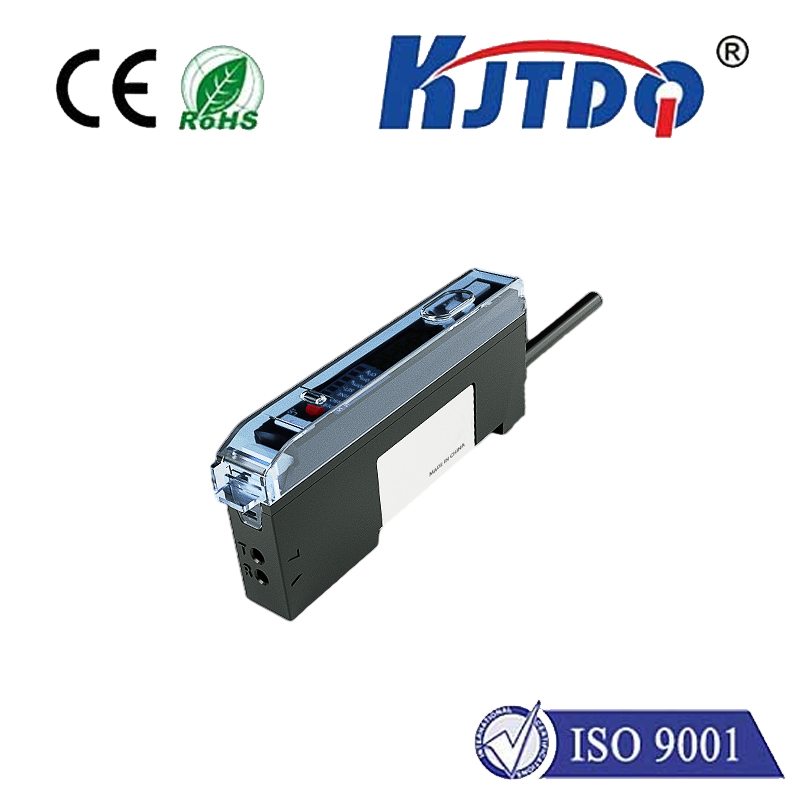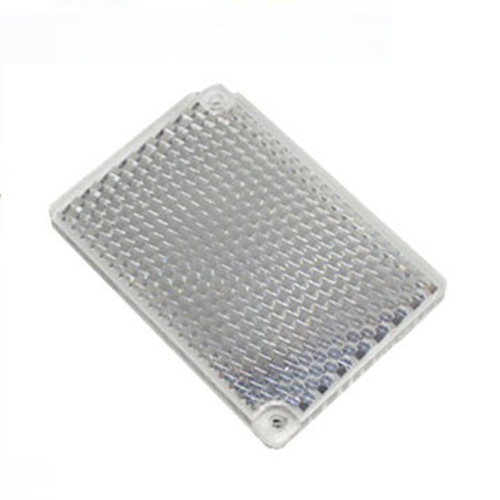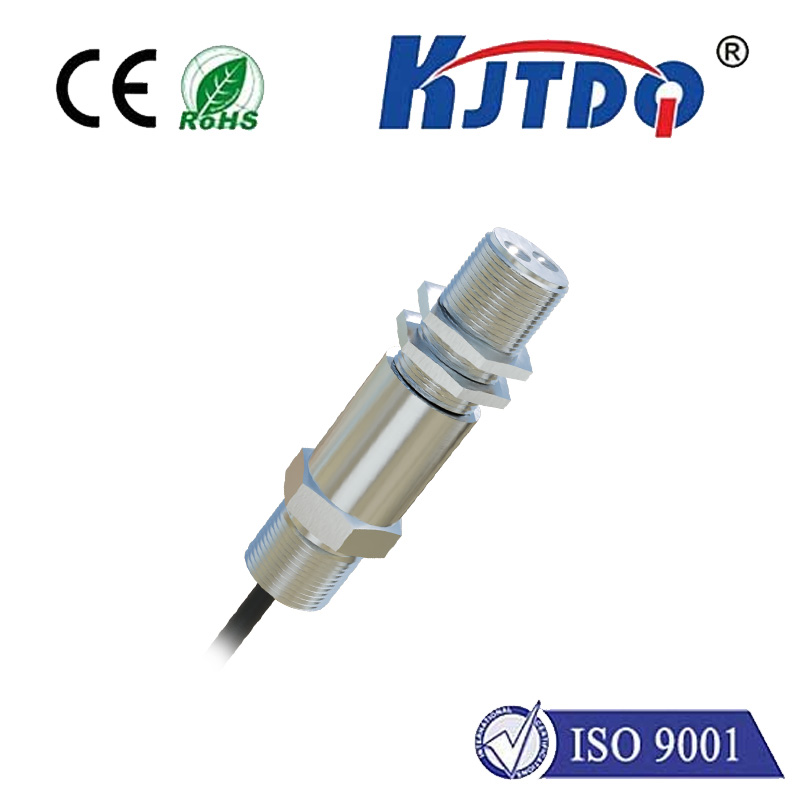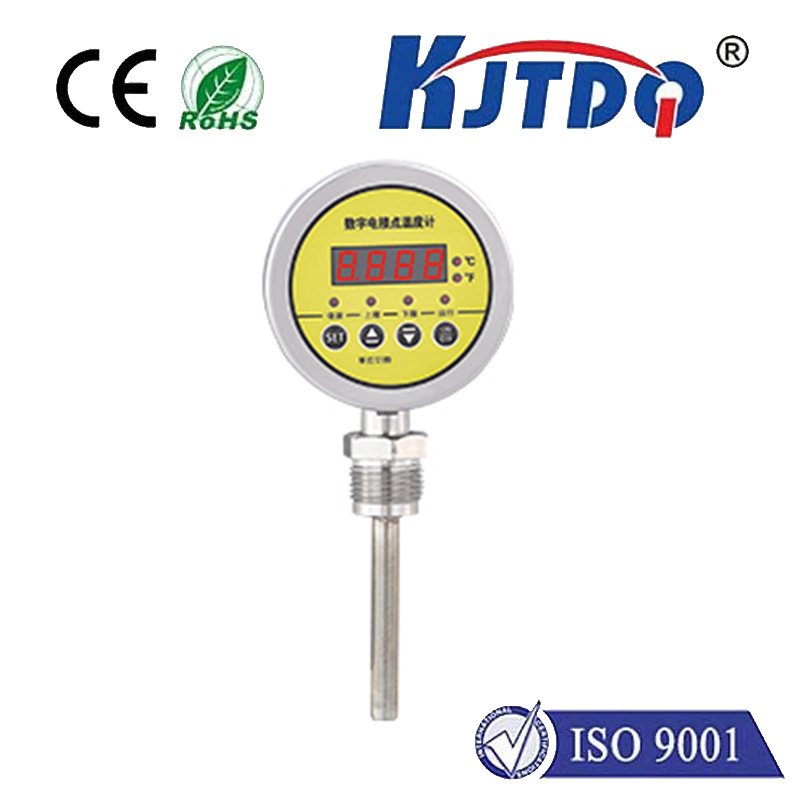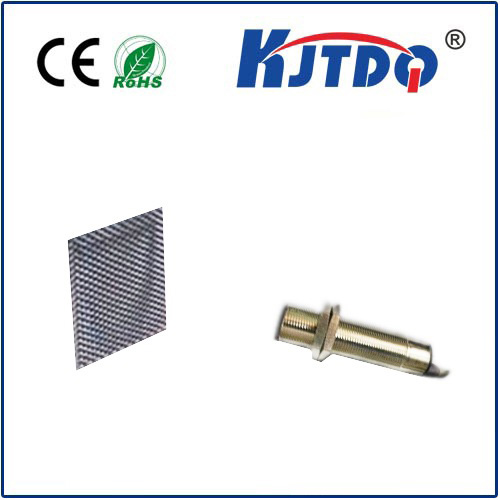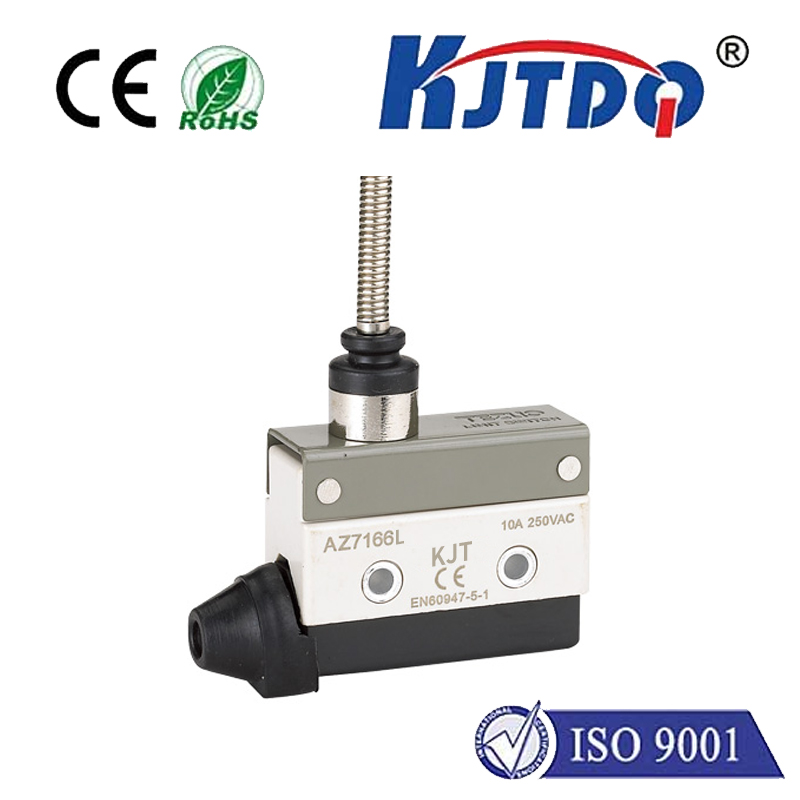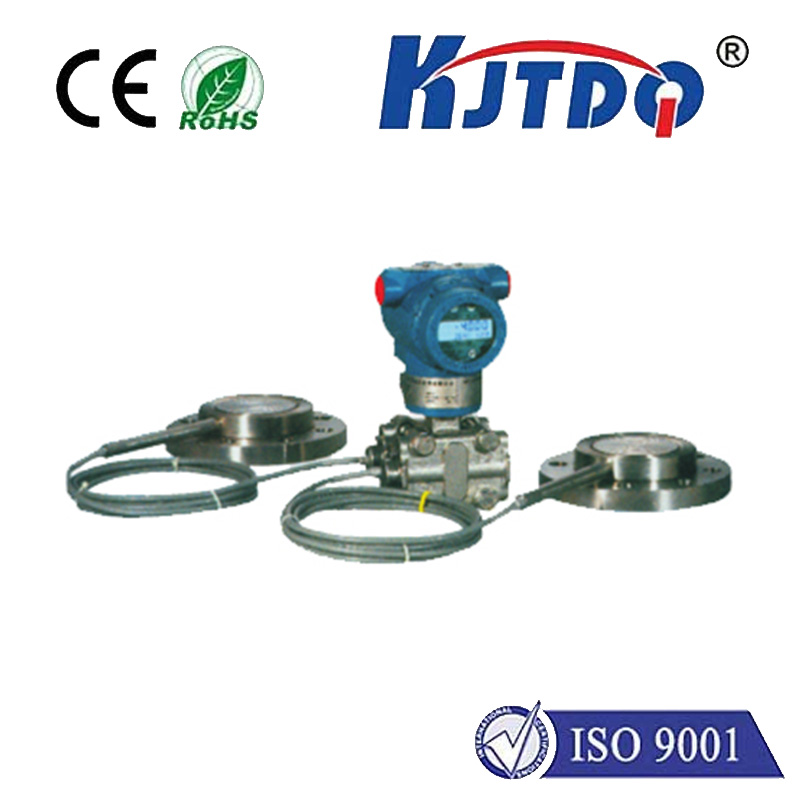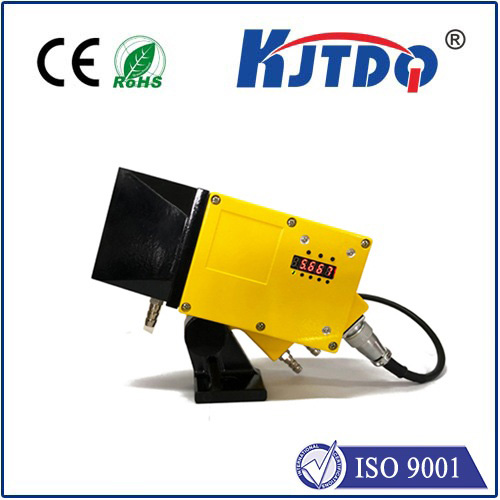ATEX Ограниченный переключатель
- time:2025-07-30 16:17:37
- Нажмите:0
ATEX Limit Switches: Essential Guardians in Explosive Atmospheres
Imagine the critical moment in an industrial process: a valve must stop precisely here, a conveyor belt must reverse exactly there, or a heavy door must halt before causing damage. Now, place that critical control point inside a refinery, grain silo, paint booth, or chemical plant – environments where dust or gas could ignite with catastrophic consequences. This is where the ATEX limit switch transcends its role as a simple position sensor; it becomes a vital safeguard, a certified guardian against disaster.
Demystifying the Title: ATEX Limit Switches Explained
An “ATEX limit switch” combines two crucial concepts:
- Limit Switch: A fundamental mechanical or electromechanical device designed to detect the presence or absence of an object, or to monitor its position within a defined range. It typically consists of an actuator (lever, roller, plunger) mechanically linked to a set of electrical contacts. When the actuator is moved by the target object, the contacts change state (open or close), sending a signal to the control system – essentially acting as a “go/no-go” sensor for position.
- ATEX: This refers to the European Union directives (specifically ATEX 114 “equipment” directive and ATEX 153 “workplace” directive) governing equipment and protective systems intended for use in potentially explosive atmospheres. ATEX certification ensures that the device is designed and constructed to prevent it from becoming an ignition source in environments containing flammable gases, vapours, mists, or combustible dusts.
Therefore, an ATEX limit switch is a position sensing device specifically engineered and rigorously certified to operate safely within hazardous areas classified as potentially explosive.
The Imperative Need for ATEX Certification

Standard limit switches, while robust, are not designed for hazardous environments. An ordinary switch could produce a tiny spark during contact operation, generate excessive heat due to friction or electrical resistance, or have an enclosure vulnerable to explosion pressure. In zones where flammable concentrations are present, such seemingly minor events can trigger ignition. ATEX certified switches eliminate these risks through:
- Explosion-Proof Enclosures: Robust housings (often cast metal like brass or stainless steel) designed to contain any internal explosion, preventing flames or hot gases from escaping to ignite the surrounding atmosphere. Joints are flameproof paths.
- Intrinsic Safety (Ex i): A design philosophy where the electrical energy within the circuit (and potentially at the switch contacts) is kept so low that it’s incapable of igniting the hazardous atmosphere, even under fault conditions. This often involves barriers installed in the safe area.
- Increased Safety (Ex e): Focuses on preventing excessive temperatures, sparks, and arcs during normal operation through enhanced constructional features (e.g., terminal separation, enhanced creepage distances, robust terminals).
- Encapsulation (Ex m): Encasing potentially sparking components in resin to prevent contact with the explosive atmosphere.
- Ingress Protection (IP Rating): High ratings like IP66/67 ensure dust and moisture cannot compromise the internal safety mechanisms or cause electrical tracking.
Core Functionality and Rugged Construction
At its heart, the ATEX limit switch performs the same primary function as its standard counterpart: detecting position and initiating a control signal. However, the demanding environment dictates exceptional durability and reliability:
- Industrial-Grade Materials: Corrosion-resistant metals (brass, stainless steel), high-impact thermoplastic, and specialized seals.
- Robust Actuators: Designed to withstand mechanical stress, vibration, and harsh impacts common in heavy industry. Options include rollers, levers, wobble sticks, and plungers.
- Sealed Contacts: Protecting the switching mechanism from ingress of dust, moisture, and corrosive agents. Gold plating is common for reliable signal integrity in low-current applications.
- High Mechanical Life: Engineered for millions of operations even under challenging conditions.
- Clear Switching Status: Often equipped with visual indicators showing the contact state.
Where ATEX Limit Switches Are Non-Negotiable
These specialized switches are indispensable in industries handling flammable substances. Key applications include:
- Oil & Gas: Platform safety systems, valve position indication on pipelines, pump controls, tank level limits, drilling equipment.
- Chemical & Pharmaceutical: Reactor agitator position, valve control in mixing processes, conveyor positioning in powder handling, safety interlocks on flammable solvent storage.
- Grain & Food Processing: Elevator bucket position, silo level control, conveyor reversal points (combustible dust environments).
- Paint & Coatings: Position sensing on automated spray lines using flammable solvents.
- Mining: Conveyor belt alignment, crusher position monitoring, ventilation door position (dust and methane risks).
- Waste Management/Biogas: Position detection on equipment handling flammable landfill gas or digestate.
Choosing the Right ATEX Limit Switch: Critical Considerations
Selecting the appropriate switch is paramount for safety and functionality. Key factors include:
- Hazardous Area Classification (Zone): Precisely match the ATEX certification (e.g., Ex d IIC T6, Ex ia IIC T4, Ex tD A21 IP6X T95°C) to the specific Zone or Category (Gas: Zone 0, 1, 2; Dust: Zone 20, 21, 22) defined by the site’s hazardous area assessment. Temperature class (T-rating) is crucial.
- Actuator Type: Choose based on the target object and required mode of operation (e.g., lever arm for rotary movement, roller lever for linear motion at an angle, plunger for direct push).
- Electrical Ratings: Ensure the switch contacts can handle the required voltage, current (AC/DC), and load type (resistive, inductive).
- Environmental Protection (IP Rating): Select an IP rating suitable for the level of dust, moisture, and potential washdowns.
- Housing Material: Choose brass for corrosion resistance, stainless steel for high strength/hygiene, or robust thermoplastics based on chemical exposure and physical demands.
- Contact Configuration (SPDT, DPDT etc.): Select Normally Open (NO), Normally Closed (NC) or changeover contacts based on the control logic requirements.
- Performance & Longevity: Consider the required mechanical life (millions of operations) and electrical life based on application cycles. Look for high repeat accuracy.
- Mounting & Connection: Ensure compatibility with physical mounting constraints and the type of electrical connection (cable gland, plug connector, flying leads).
Beyond Compliance: Reliability as a Safety Factor
While ATEX certification is a fundamental legal requirement for safety, the inherent robustness and engineered reliability of these switches deliver significant operational benefits. Their resistance to harsh conditions translates to less downtime for replacements, fewer false trips, and consistent performance – all contributing to overall plant safety, efficiency, and productivity. The mechanical endurance of a well-chosen ATEX switch provides peace of mind in critical applications.

